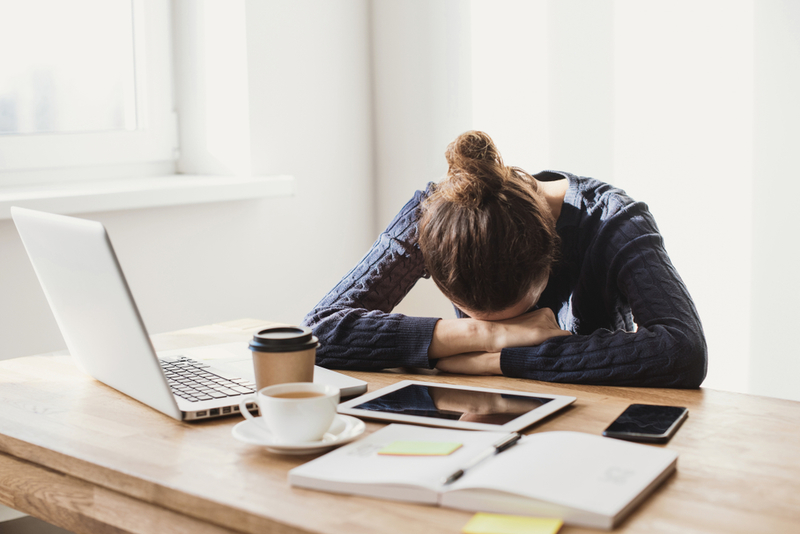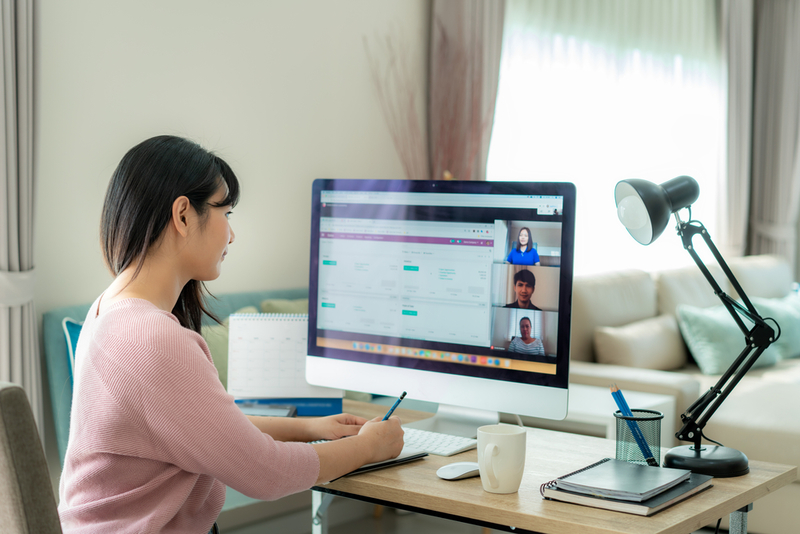
On the other hand, working from home has several significant disadvantages. What’s to follow are ways that working from home may induce migraines, as well as strategies for making your weekday routine more migraine-resistant.
Do you have an unusual everyday routine?
Establishing and adhering to regular routines is a critical component of “headache hygiene”—lifestyle behaviors that can reduce the frequency and intensity of migraine symptoms. Transitioning from office-working to home-working can be difficult for many since they lose much of their consistency with their previous routine.
If this describes you, try developing an at-home version of your former office routine, assuming it was successful: Wake up, dress, and maybe take a brief stroll outside as a mimic commute to provide a good endorphin boost. Determine when your coffee breaks will occur so that you are not always drinking it. Use a sizeable water bottle to help you stay hydrated consistently in the absence of water-cooler hangouts.
Do you have more screen time?
While the hours spent at conference tables may not have been very good for your health, they provided significant screen-free time blocks. If you’re doing most of your meetings through video chat, you’re soaking up more blue light than you used to, which has been linked to migraine headaches. Resentment against screen time is unhelpful since stress may trigger a migraine episode. Now, we know screen time is ingrained in our lives, whether for work or entertainment. It is unavoidable, particularly when it comes to work or school. But making conscious attempts to limit recreational screen time is always a good idea to keep in mind.

Are you working from the comfort of your couch?
Is the lovely pseudo-home office your colleagues see during video chats only a façade? Is your part-to-full-time desk a Craigslist sofa? Well, then you may be compromising posture in ways that might result in headaches. Many individuals still lack a designated office in their homes, which contributes to ergonomic concerns and distractions. Sit in a chair at a table (if not at a desk), with your feet flat on the floor and shoulders relaxed, your arms close to your body, and your wrists supported while you write.
